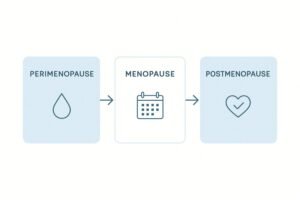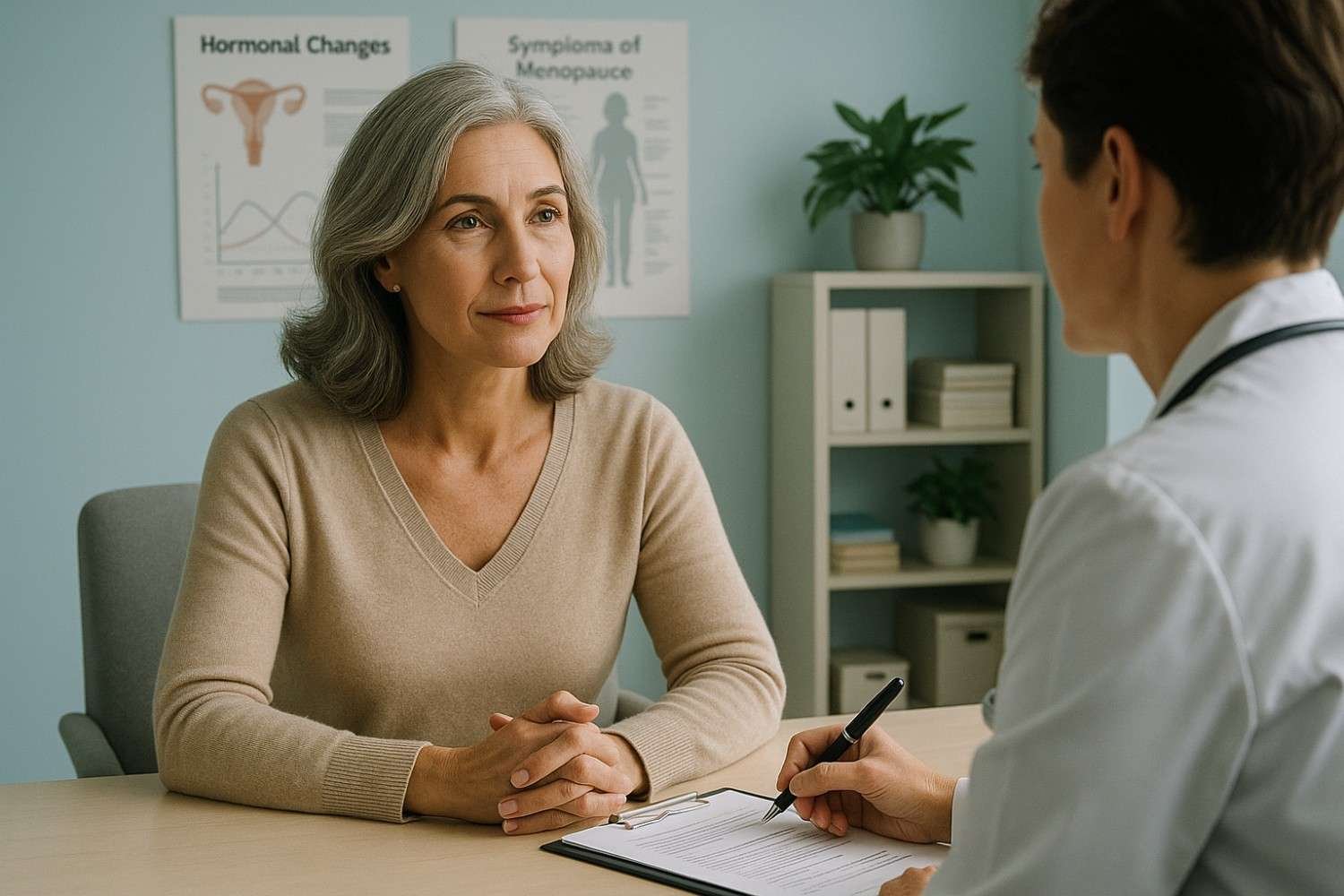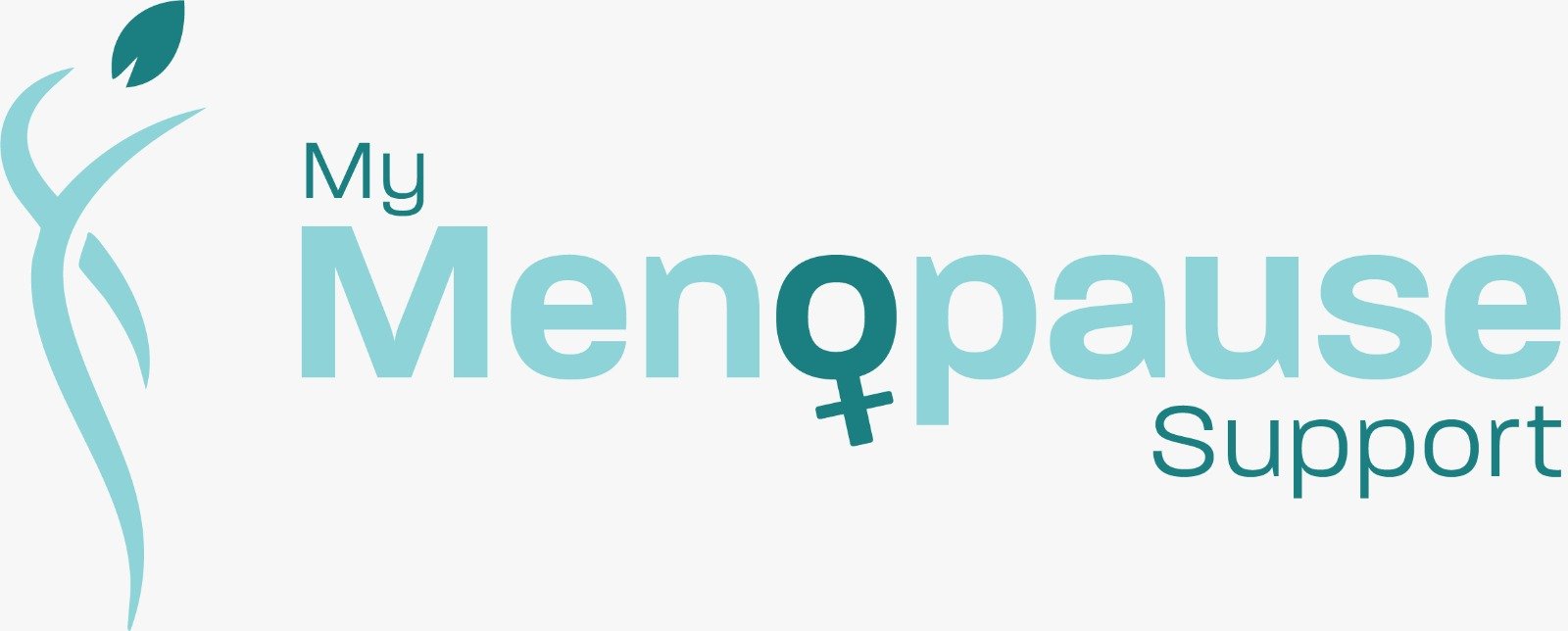Hormone replacement therapy (HRT) is a medical treatment that replaces oestrogen and progesterone hormones your body stops producing during menopause, helping relieve uncomfortable symptoms and protect long-term health.
Understanding HRT in Simple Terms
Menopause marks a significant transition in a woman’s life, but it shouldn’t mean accepting years of discomfort. Yet many women go without proper information about their options. This is where hormone replacement therapy comes in—a treatment that’s been helping women reclaim their quality of life for decades.
Think of HRT like topping up your car’s oil when levels drop too low. Your body needs certain hormones to function smoothly. When these hormones decline during menopause, symptoms emerge. HRT essentially replaces what’s missing, allowing your body to work as it did before.
The tricky part? HRT isn’t one-size-fits-all. What works brilliantly for one woman might not suit another. That’s because every woman’s body, medical history, and needs are different.
What Happens to Your Hormones During Menopause
Your ovaries have been producing oestrogen and progesterone since your teenage years. These hormones do far more than manage your periods—they influence your bones, heart, brain, and skin.
Around your late 40s or early 50s, your ovaries gradually reduce their hormone production. This transition typically spans 8 to 10 years and has three stages: perimenopause (the transition period), menopause (when you haven’t had a period for 12 consecutive months), and postmenopause (the years after).
As hormone levels plummet, your body struggles to adapt. Hot flushes strike unexpectedly. Night sweats drench your sheets. Sleep becomes impossible. Your mood swings unpredictably. Vaginal dryness makes everyday tasks uncomfortable. These symptoms aren’t “just part of life”—they’re your body’s way of signalling a genuine chemical imbalance that treatment can address.
For many women, these symptoms are manageable. For others, they’re genuinely debilitating.
Types of Hormone Replacement Therapy Explained
HRT comes in several forms. Your healthcare provider will recommend what suits your individual circumstances best.
Oestrogen-Only Therapy
If you’ve had your womb (uterus) removed through a procedure called hysterectomy, your doctor typically prescribes oestrogen-only therapy. This is because progesterone’s main job—protecting your womb lining—becomes unnecessary without a womb.
Oestrogen-only therapy carries lower long-term risks than combined therapy.
Combined Therapy (Oestrogen and Progesterone)
If you still have your womb, you’ll need combined therapy—both oestrogen and progesterone (or progestin, the synthetic version). Here’s why: oestrogen alone can cause the lining of your womb to thicken abnormally, potentially increasing cancer risk. Progesterone acts as a protective barrier, preventing this overgrowth.
Combined therapy works through two schedules:
Continuous-combined therapy means taking both hormones daily. This often stops your periods completely, which many women prefer.
Cyclic therapy mimics your natural cycle. You take both hormones for 21 days, then neither for 7 days. You’ll usually have a bleed during the hormone-free week.
How You Take HRT: Delivery Methods
HRT comes in multiple forms, each with its own advantages:
Pills are convenient and familiar to most women, though they require daily discipline.
Skin patches deliver hormones through your skin, avoiding your digestive system entirely. Many women find this gentler, especially if they have stomach problems.
Gels and sprays work similarly to patches, absorbed through your skin for steady hormone delivery.
Vaginal creams, tablets, and rings target symptoms localised to your genital area—dryness, irritation, painful intercourse. These use much lower hormone doses because they work locally rather than throughout your body.
How HRT Actually Works: The Mechanism
Here’s what happens when you start HRT: Your body recognises the replacement hormones as the signals it’s been missing. These hormones travel through your bloodstream, interacting with receptor sites on cells throughout your body—in your brain, bones, heart, and vaginal tissues.
Within your brain, oestrogen influences temperature regulation. Without adequate oestrogen, your body’s temperature control becomes erratic, triggering hot flushes. Restoring oestrogen helps your brain recalibrate, and the flushes typically diminish.
Oestrogen also influences serotonin production, affecting mood and sleep quality. Many women notice improved sleep and emotional stability within weeks of starting HRT.
In your vaginal tissues, oestrogen maintains moisture and elasticity. Replacing oestrogen restores natural lubrication and comfort, often within 2-3 weeks.
Your bones lose density rapidly after menopause because oestrogen helps calcium stay put. HRT slows—and in some cases stops—this bone loss, significantly reducing fracture risk later in life.
The Timeline: When You’ll Notice Changes
Week 1-2: Some women notice initial changes. Breast tenderness or slight bloating may appear as your body adjusts to external hormones.
Week 3-4: Symptoms like hot flushes and night sweats often start improving noticeably.
Month 2-3: Most women experience significant symptom relief. Sleep usually improves substantially.
Month 3-6: Vaginal symptoms typically resolve. Mood stabilises. Energy levels normalise. Bone strengthening begins its process.
That said, everyone’s timeline differs. Some women see improvements within days; others need 3-4 months for full benefit.
Who Benefits Most From HRT
Not everyone needs HRT, and it’s not right for everyone.
You’re a good candidate if:
Your symptoms genuinely disrupt your daily life—you can’t sleep, work, or enjoy activities you normally would.
You’re under 60 years old or within 10 years of your final period. Starting HRT closer to menopause carries lower health risks than starting years later.
You don’t have a personal history of breast cancer, blood clots, or stroke.
You want protection against bone loss alongside symptom relief.
The Key Takeaway: Personalised Medicine Matters
HRT isn’t mysterious or scary. It’s straightforward biology: your body needs certain hormones to function optimally, and HRT provides them when your ovaries can’t. The art lies in finding the right type, dose, and delivery method for your unique situation.
Your menopause journey belongs to you alone. What matters is working closely with a healthcare provider who listens to your concerns, explains your options clearly, and monitors you regularly.
Ready to explore whether HRT might help you? Book a consultation with your GP or a menopause specialist who can discuss your individual needs, medical history, and the benefits and risks specific to your circumstances.
You are not alone. Your story matters.
Come and speak to me — I speak English, Hindi, Urdu, Punjabi, and Marathi. I run regular menopause cafés and often speak at free community events.









